That’s the status update from Chief Financial Officer Frank Lonegro, whose remarks at an investor conference this morning were the first from a CSX executive since the railroad announced a management shakeup on Oct. 25.
CSX’s chief operations, marketing, and legal executives will depart the company next week. Veteran Canadian National executive James Foote, who worked with Harrison at CN, is now the railroad’s chief operating officer and also has marketing responsibilities.
“We’re delighted to have Jim Foote on the CSX executive team,” Lonegro says, praising his no-nonsense style and deep knowledge of Harrison’s Precision Scheduled Railroading operating model.
“Jim knows where we want to go,” Lonegro says, and has Harrison’s trust.
The management changes prompted CSX to scuttle an Oct. 30 investor day, where executives were expected to outline their long-term outlook for the railroad. Instead, Harrison called a “restart meeting” with CSX’s 30 most senior executives in West Palm Beach, Fla., where the investor day was going to be held.
“Hunter spoke non-stop for six hours,” Lonegro says.
CSX’s evolving intermodal strategy had been on the agenda for investor day, Lonegro says.
“Hunter’s driving force around the intermodal strategy is to improve the profitability of that segment of the business,” Lonegro says.
CSX had been relying on its container-sorting hub at North Baltimore, Ohio, to funnel traffic to and from smaller intermodal markets, such as Louisville, Ky., Columbus, Ohio, and Detroit. But the handling adds cost and reduces profit in a business that already has razor-thin margins.
CSX aims to end container-sorting at North Baltimore this month and has cancelled a similar terminal that was to be built in North Carolina.
Intermodal is all about creating traffic density, Lonegro says.
“If it costs you more to create the density, then you shouldn’t artificially create the density,” he says.
Intermodal will continue to be important to CSX, Lonegro says, but the railroad will approach what he calls “ultra-low density lanes” differently.
CSX has dropped intermodal service in scores of these low-volume origins-destination pairs. In others, it’s moving the light intermodal traffic into the merchandise network.
CSX continues to evaluate shedding lines and terminals that are no longer crucial to its business. Lonegro was asked about potential line sales or leases during the Stephens Fall Investor Conference this morning.
“We are in the evaluation phase,” Lonegro says, noting that Harrison has said everything is for sale at the right price.
“Things that are non-core to the long-term business that we have and the long-term success of CSX, those things will ultimately be for sale,” Lonegro says.
Lonegro did say that the intermodal terminal in Valleyfield, Quebec, outside Montreal, has not lived up to expectations and that Harrison has said CSX should dispose of its Canadian trackage.
“Never underestimate the power of an external catalyst,” Lonegro says, noting that Harrison and now Foote bring a fresh perspective to the railroad and question everything.
“Everything’s on the table. Hunter’s singular focus is on creating shareholder value,” Lonegro says.





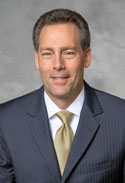

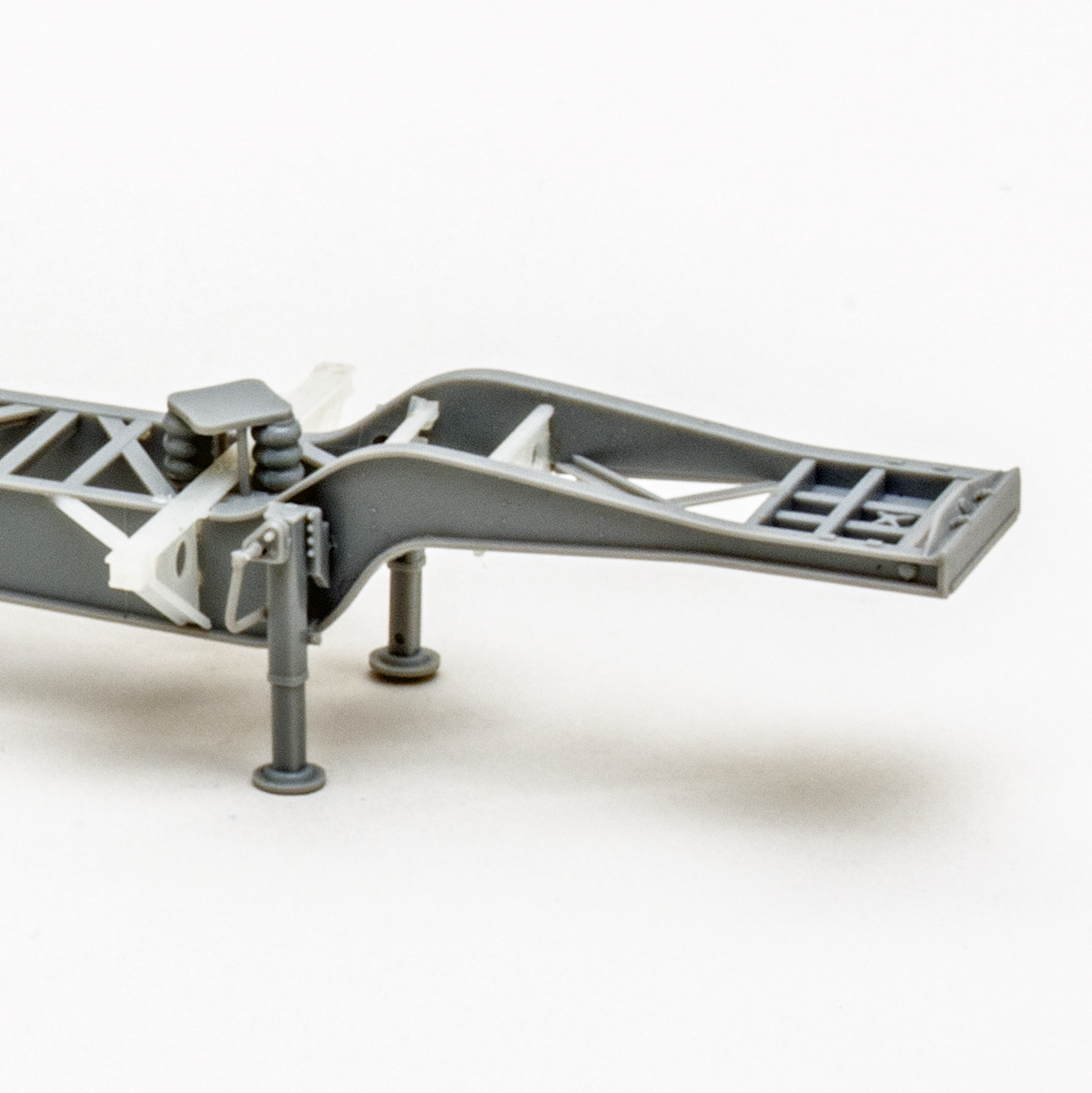
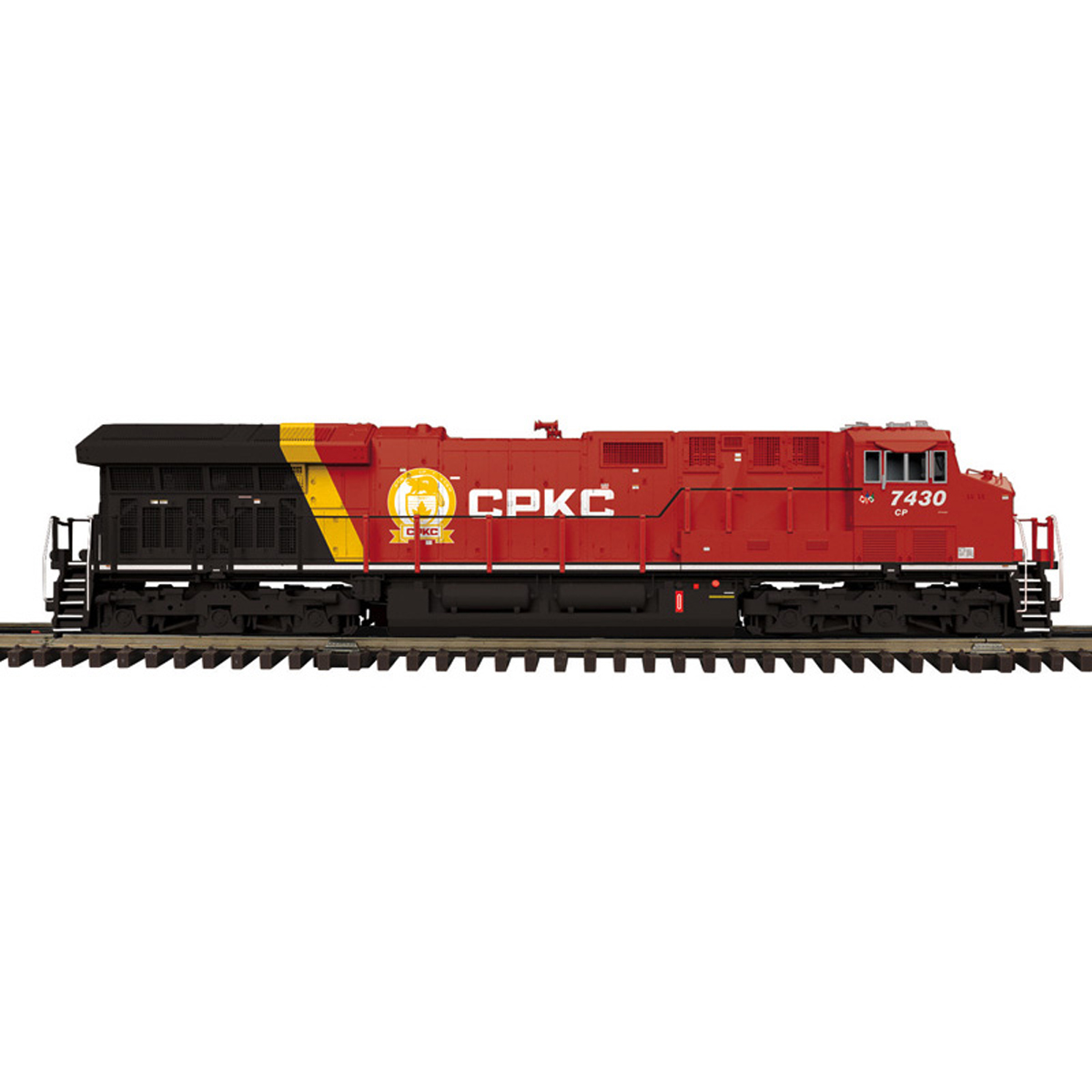
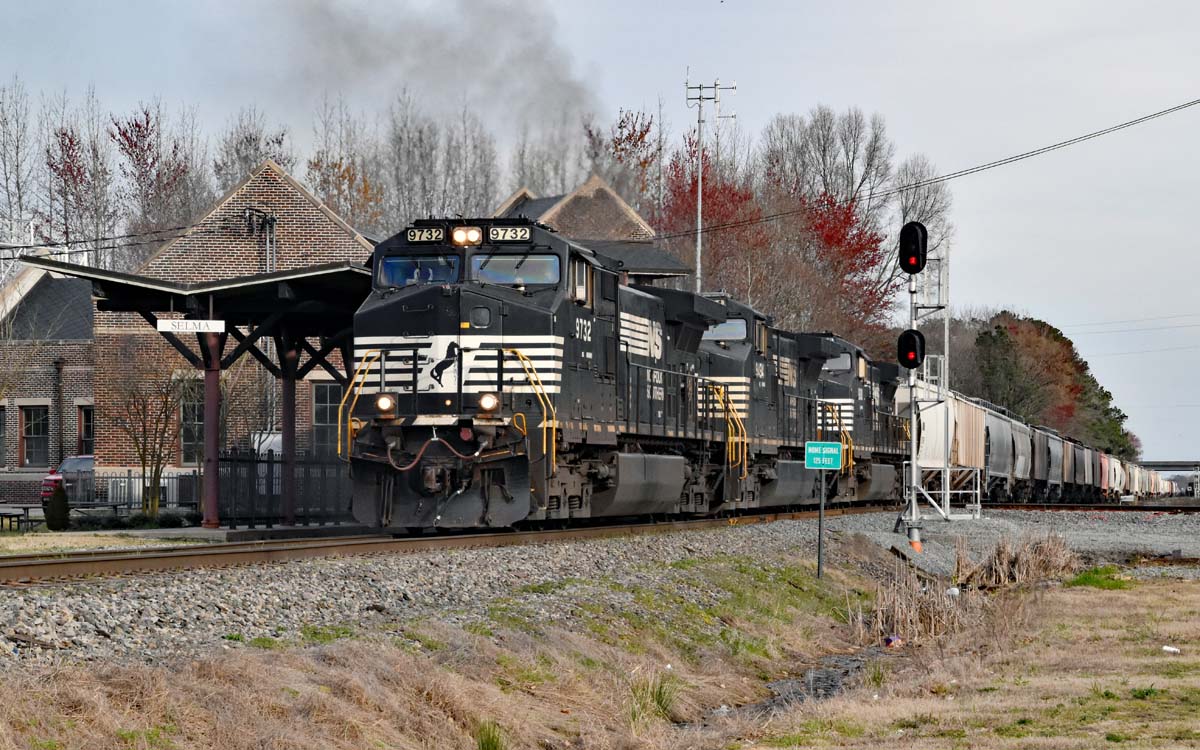
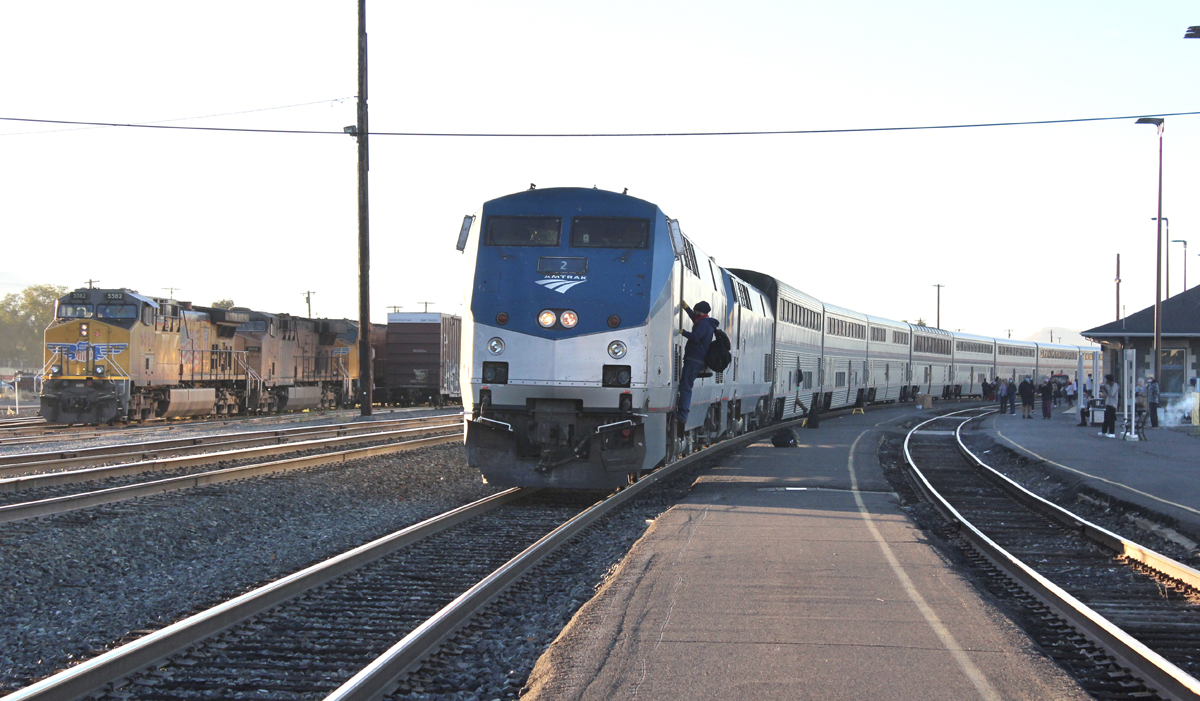




I would be happy to see the Berkshire sub sold to Mass DOT and get frequent passenger service there.
And, since EHH wants to single-track the Water Level Route so that he doesn’t have to pay the taxes on it, why doesn’t he just transfer one (or both) tracks to Amtrak?
The KP, EK and CV subs might all be included in the lines sales. On the KP, there are two freights daily and a few coal trains a week and that is it, the CV sees probably 10 or less trains per week and the EK sees probably a dozen to twenty a week. With Harrison you can expect the unexpected but in all reality CSX was a mess when he got here and to clean up a mess sometimes you have to make a bigger mess to fix it.
CSX Berkshire sub Selkirk to Worcester supports 14 road freights (3 IM pairs, 3 manifest pairs, and 1 autorack pair) during weekdays and is the only double stack cleared and 315K pound rated track into Massachusetts (and New England, I believe). Intermodal customers include UPS. By contrast, Pan Am southern operates 8 road freights over its parallel District 3 mainline (1 IM pair, 1 autorack pair, and 2 manifest pairs). While it would be hard for me to see why CSX would want to sell the Berkshire sub mainline, I could see it selling the freight rights and the Agricultural branch that radiate out of Framingham (MassDOT already owns much of that track).
George hit it. EHH’s focus is on shareholder (read: E. Hunter Harrison) value. He cares nothing about the customers or the railroad which served them so well, never mind anything beyond the next quarter’s dividend. As someone once said, viewing a physical instead of metaphorical, train wreck — well, that’s a h__l of a way to run a railroad.
And all along I thought taking business from trucks and increasing rail traffic was what drove these executives.
These changes to the Intermodal network seem mostly reasonable to me. Including combining low density legs of the network with the (scheduled) carload network.
As for Valleyfield the Syracuse-Canada line is highly circuitous from the southeast seaboard, and would have clearance issues to boot with the (poor decision IMO) to shelve the Howard Street tunnel clearance project. And anyway the Montreal market will again be served when Keith Creel buys the scaled down CSX.
As always, EHH will get the OR in good shape and will improve CSX service, but at a lower traffic volume. My question is how will that new normal be leveraged to increase IM market share and density? Or will it at all?
“Hunter’s singular focus is creating shareholder value”. The problem is that this “value” is all short term value. EHH does not say anything about improving the customer service so that shipments arrive where they are supposed to be, when they are supposed to be there. He doesn’t talk about growing the business or. attracting more traffic to the railroad. He only talks about cutting lines and running off business and no enterprise ever cut it’s way to success.
@Pual Bouzide – Though I think CPRS will likely obtain some CSXT trackage somewhere down the line, the idea that CPRS will get the entire lock, stock and box of CSXT is just ludicrous. NO WAY that either BNSF or UP let’s something like that happen.
Hope Mr. Lonegro has his resume updated considering the fact that this functioning lunatic went through not one, not two, not three but FOUR CFOs during his reign of terror at CPRS.
Anyone want to predict the future of the Berkshire Subdivision (Worcester, MA-Selkirk Yard)?
Mr. Lonegro…the last survivor. Wonder if he senses the sharks circling…hope he has his resume up to date!
“Hunter spoke non-stop for six hours.” That is a lot wind. To bad the locomotives can not be powered hot air.
@Roger Keay
Unfortunately you’re talking about the wrong industry, this railroading…you don’t get to choose your volume, or should I say you’d be smarter taking any and all volume your railroad could handle. If as you state the rr is not overburdened with debt and has some cash available there won’t be a way to build up future business…because the railroad routes needed for that future business will no longer be a part of the network, but instead belong to a competitor that was an ass and instead knows the best way to build business and value is to just handle it.
“everything is for sale at the right price” – this is the strategy Eddie Lampert had for Kmart and Sears, and look how well that worked out…
Don’t be surprised if CSX unloads their New Rock Subdivision and lets Iowa Interstate take it over.
EHH will prune CSX back to its essential core – the part that makes economic sense today. When he leaves, two main possibilities exist. If the company is not overburdened with debt and has some cash available then a new leader can build up future business in a rational, profitable manner. If the company is completely stripped and has no financial room to maneuver then someone will buy it and merge with another railroad.
Further to Jim Norton’s good comment below. One of the biggest challenges EHH will face is right-sizing the enterprise. A good railroad is like Goldilock’s bowl of porridge — it should not be too big, and it should not be too small. It needs to be “just right.”
The airlines of late seem to have the right-sizing challenge figured out. Indeed, Delta and Alaska often can charge several hundred dollars more for approximately comparable trips on the same routes than can UA and AA because of the value of service their customers believe these two carriers deliver.
The billion dollar question is, can EHH serve up a railroad that is “just right” for the customers?
One of my UT professors, Edwin Paul “Pete” Patton, was a firm believer that strategic shareholder value could only come from customer satisfaction. Time will tell if Patton’s theory will once again be proven correct.
One of his favorite sayings was a sign in a Tennessee Central Railway roundhouse. It said,
“The Purpose of the Local Freight Train
is to do the Business of the Railway and
not to Make Time Over It.”